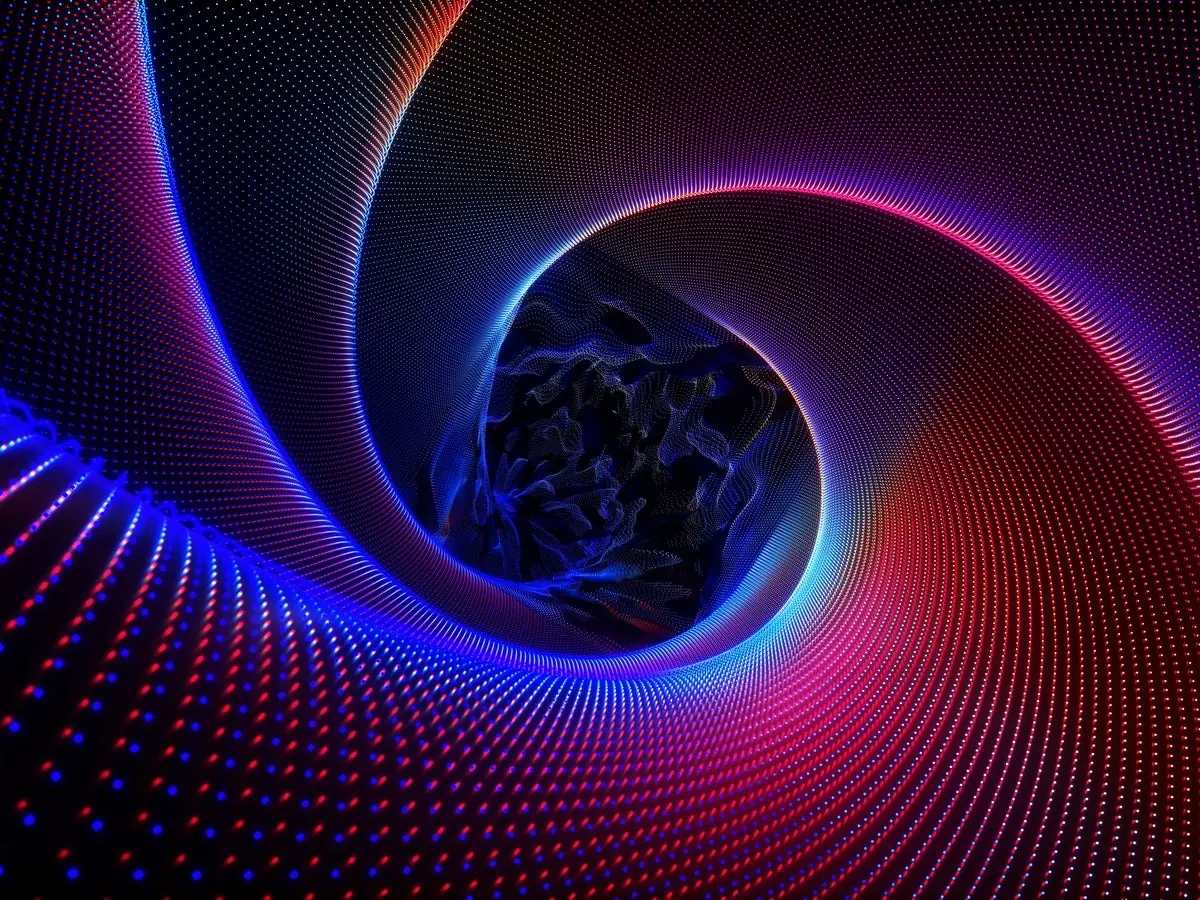
Scientists Reveal Images of Potentially City-Destroying Asteroid and Pinpoint Possible Impact Zones
Scientists Reveal Images of Potentially City-Destroying Asteroid and Pinpoint Possible Impact Zones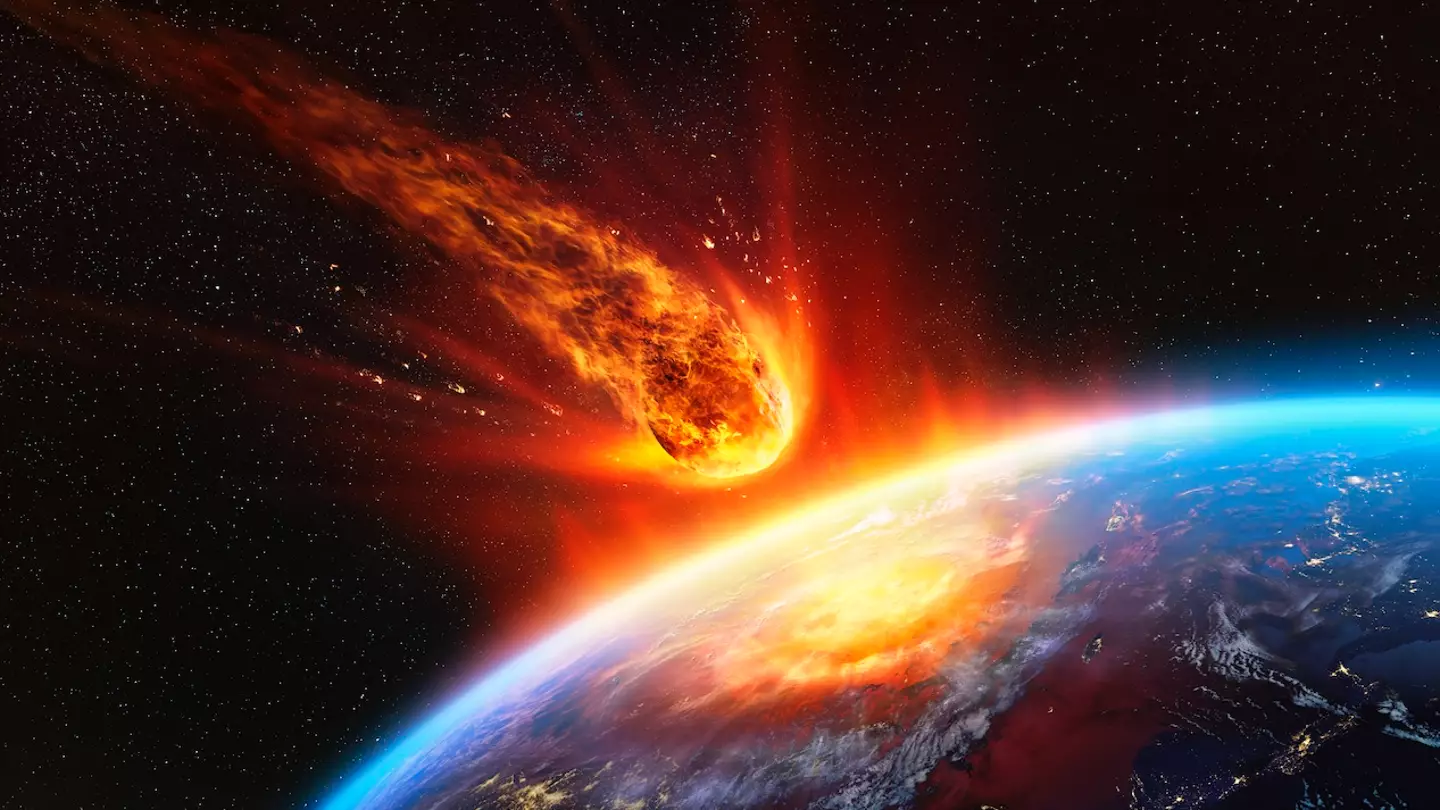
Scientists have released images of an asteroid with the potential to destroy entire cities, along with new predictions on where it could potentially strike Earth.
The asteroid, named 2024 YR4, was discovered last December by an automated telescope in Chile. Since its discovery, it has climbed to the top of the risk lists maintained by both NASA and the European Space Agency.
Researchers estimate that 2024 YR4 could collide with Earth on December 22, 2032. While the probability of impact is currently low—about 1 in 48—experts are taking the threat seriously.
The asteroid is believed to be comparable in size to the Statue of Liberty or Cinderella’s Castle at Walt Disney World in Florida. According to geologist and science communicator Dr. Robin George Andrews, even attempts to deflect the asteroid with rockets could potentially backfire and lead to catastrophic consequences.
Earlier this year, scientists captured detailed images of the asteroid using the 8.1-meter Gemini South telescope, located on Cerro Pachón in the Chilean Andes. The images, taken on February 7, show the asteroid when it was about 130 million miles from the sun and 37 million miles from Earth.
Bryce Bolin, an astronomer at NASA’s Goddard Space Flight Center who helped capture the images, expressed his excitement:
“I think 2024 YR4 is really exciting—not just because of its potential impact, but due to the rare opportunity to study such a small asteroid up close.”
To get the image, the team took twelve 200-second exposures in the red spectrum and carefully tracked the asteroid’s movement. Bolin explained the challenges they faced during the observation:
-
The asteroid was very faint and required a large telescope to be seen.
-
The observation coincided with a 70% illuminated moon, which created a bright background and made it harder to detect the asteroid.
-
The asteroid was moving rapidly at a rate of 0.26 arcseconds per minute, requiring precise tracking.
NASA had previously shared an image of 2024 YR4 on December 27, 2024, shortly after its discovery. The asteroid is expected to remain visible through April 2025, during which time it will continue to be monitored by the International Asteroid Warning Network.
However, after April, it will become too faint to observe again until June 2028.
News in the same category


Tourists Panic As ‘New Baba Vanga’ Warns Of Disaster Coming In Just 2 Months

The Overview Effect: What Astronauts Realize After Seeing Earth from Space

Ocean Currents Could Generate 2.5x More Power Than Wind Farms, Study Finds

Inside Super-Kamiokande: The Japanese Neutrino Detector Unlocking the Secrets of the Universe
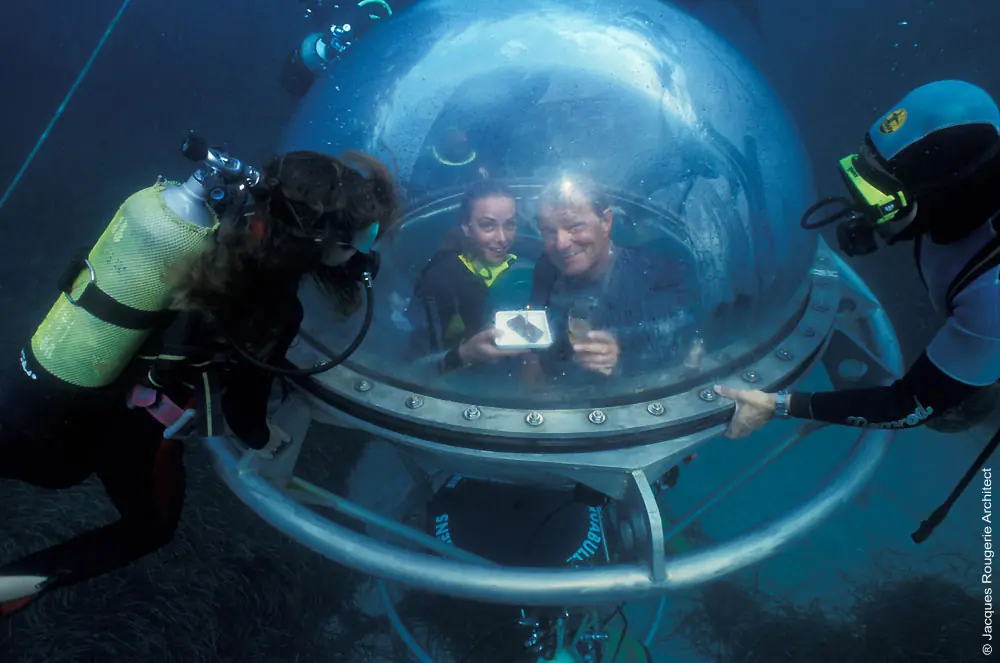
China’s Futuristic Ocean Lab Dubbed ‘Underwater Space Station’ Could Be Ready By 2030
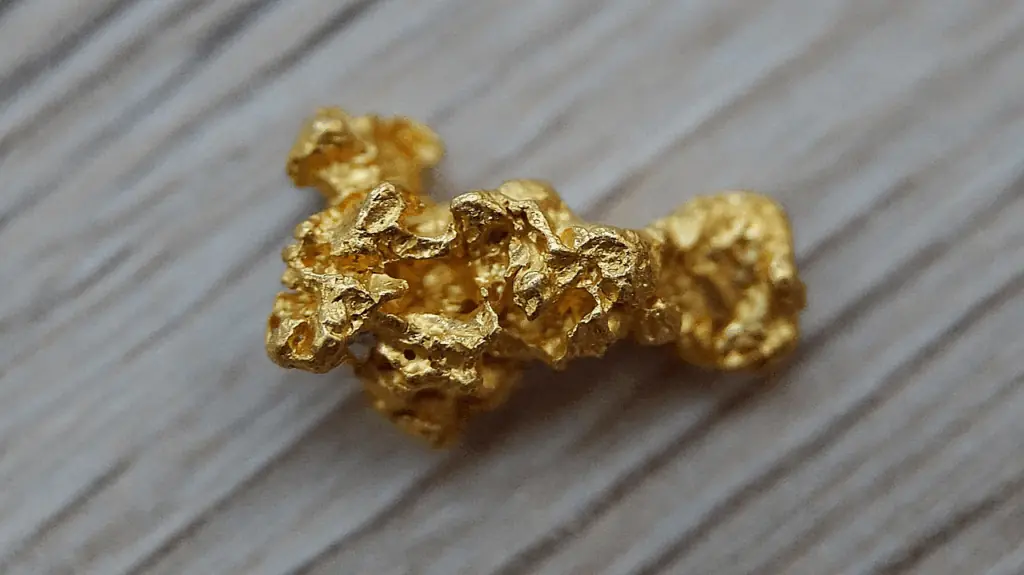
Scientists Shock World By Turning Lead Into Gold — But There’s A Catch

The Real Reason Empire State Building Was Built Using Bricks From A Tiny British Town

James Webb Telescope Uncovers Shocking Update on $10 Quintillion Asteroid Psyche

RFK Jr. Raises Concerns About 5G Health Risks: Brain Function, EMR, and Cancer Link

People Stunned After Learning The True Meaning Behind ‘SOS’ — It’s Not What You Think

Scientists Reach Bottom Of The Red Sea — What They Found Left Them ‘Shaken’

Taste The Toxin? Shocking Lawsuit Targets Skittles Over Alleged Toxic Ingredient

Antarctica Ice Sheet Grows for First Time in 30 Years, Surprising Scientists

‘Japanese Baba Vanga’ Predicts Mega-Tsunami in July 2025 — Warns of a ‘Boiling Sea’ South of Japan
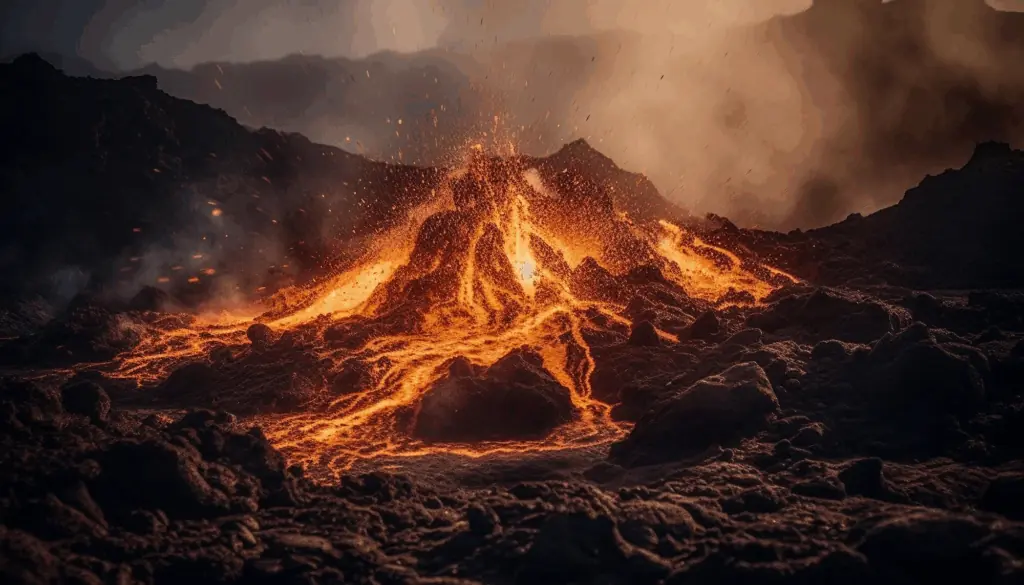
300,000 Americans On Edge As Massive 11,000ft Volcano Shows Signs Of Imminent Eruption

Wildlife Photographer Captures Alligator With No Bite – Internet Baffled How It’s Still Alive
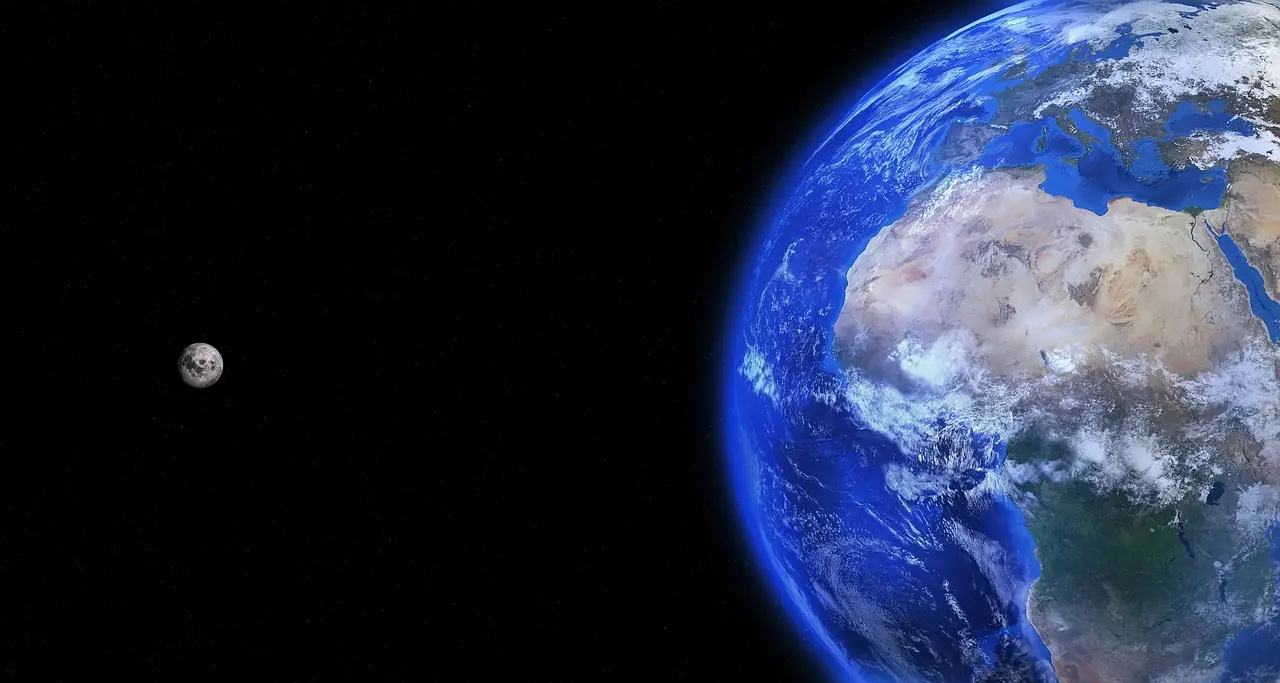
Scientists Stunned By 3.5 Billion-Year-Old Crater Holding Earth’s Earliest Secrets
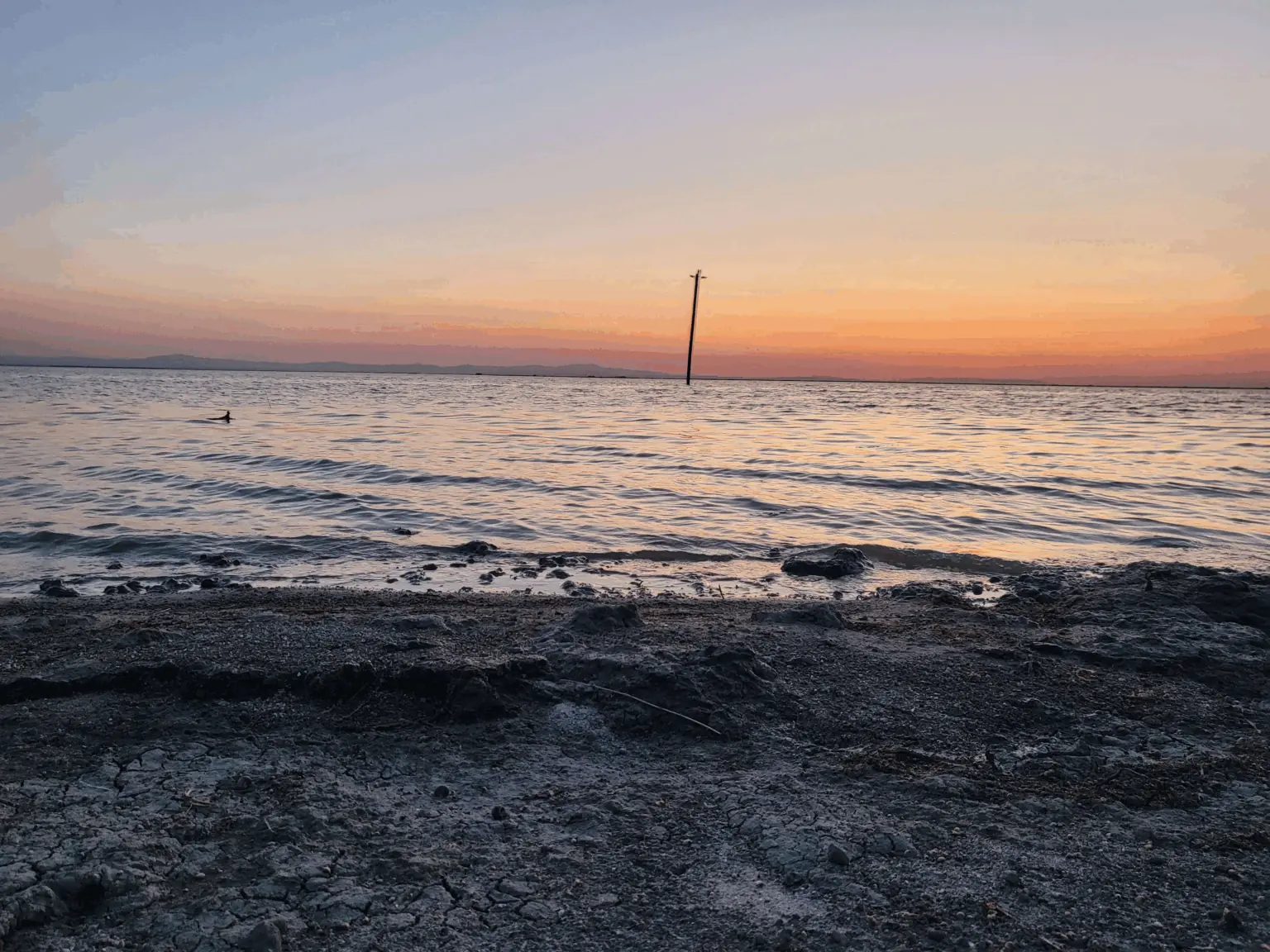
Massive 100-Mile-Long Lake Mysteriously Reappears 130 Years After Vanishing
News Post

Don’t overlook these small red spots on your arm – They could be important warning signs

If You Don’t Get These 5 Health Screenings, You Might Not Know You Have Cancer! It's Best to Check These Areas Regularly

Kills Sore Throat and Inflammation – Cloves: Nature’s Antibiotic! 🌿🧄✨

Warning: Strange Nail Shapes Could Be a Sign of Dangerous Cancer

Natural Eyes-Healing Secrets Big Pharma Doesn't Want You to Know | Dr. Barbara O'Neill

Rich Man Sees His Former School Teacher as a Homeless Man – 'I'm Here Because of Your Mother,' Says Teacher

5 Early Signs of Kidney Failure You Need to Know: #3 Is Common But Often Ignored

After Babysitting My Grandson, My Daughter-in-Law Handed Me a Bill for 'Living Expenses'

My SIL's Family Maxed Out Their Credit Cards & My Wife Demanded I Pay Them—I Said No, So She Did It Herself and Regretted It

What modern quantum physics now proves, ancient cultures already knew: geometry is not math—it’s memory

A Natural Kidney Treatment That May Restore Function and Remove Kidney Stones

Tourists Panic As ‘New Baba Vanga’ Warns Of Disaster Coming In Just 2 Months

Senna Alexandrina: Nature’s Potent Cleanser for Digestive Health and More 🌿

My MIL Ruined My Son’s 18th Birthday When She Gave Him a Letter and a Box — He Was Heartbroken & Taught Her a Lesson in Return

Think Before You Sip: The Hidden Link Between Sugary Drinks and Oral Cancer

I saw the mother mistreating the child while I was a nanny, but talking up nearly cost me my job.

Pineapple-Infused Water, Anyone? Discover the Benefits, Tips, and Refreshing Recipes

How Much Water You Actually Need to Drink Each Day – And Why It Matters
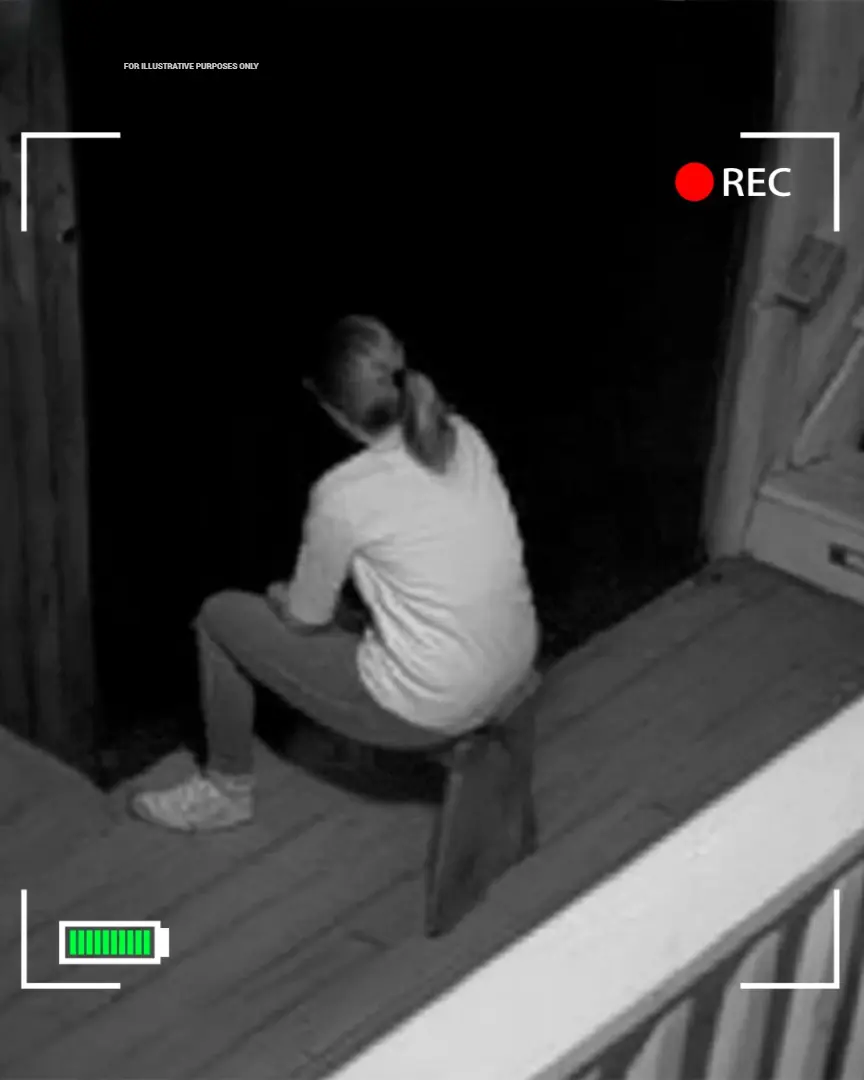
My 11-Year-Old Son Convinced Me to Install a Camera in the Basement – 'Nanny Does Bad Things Down There'
